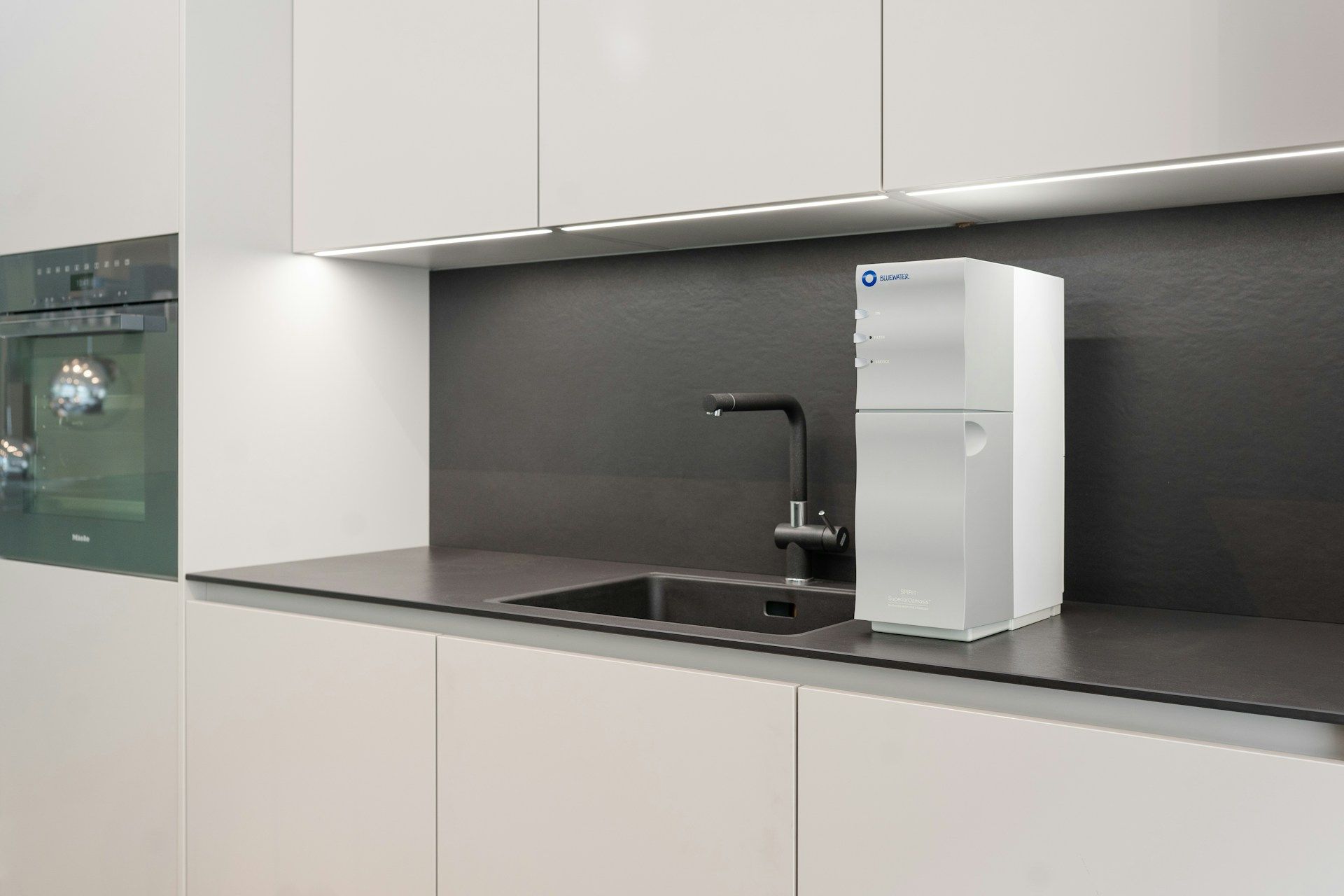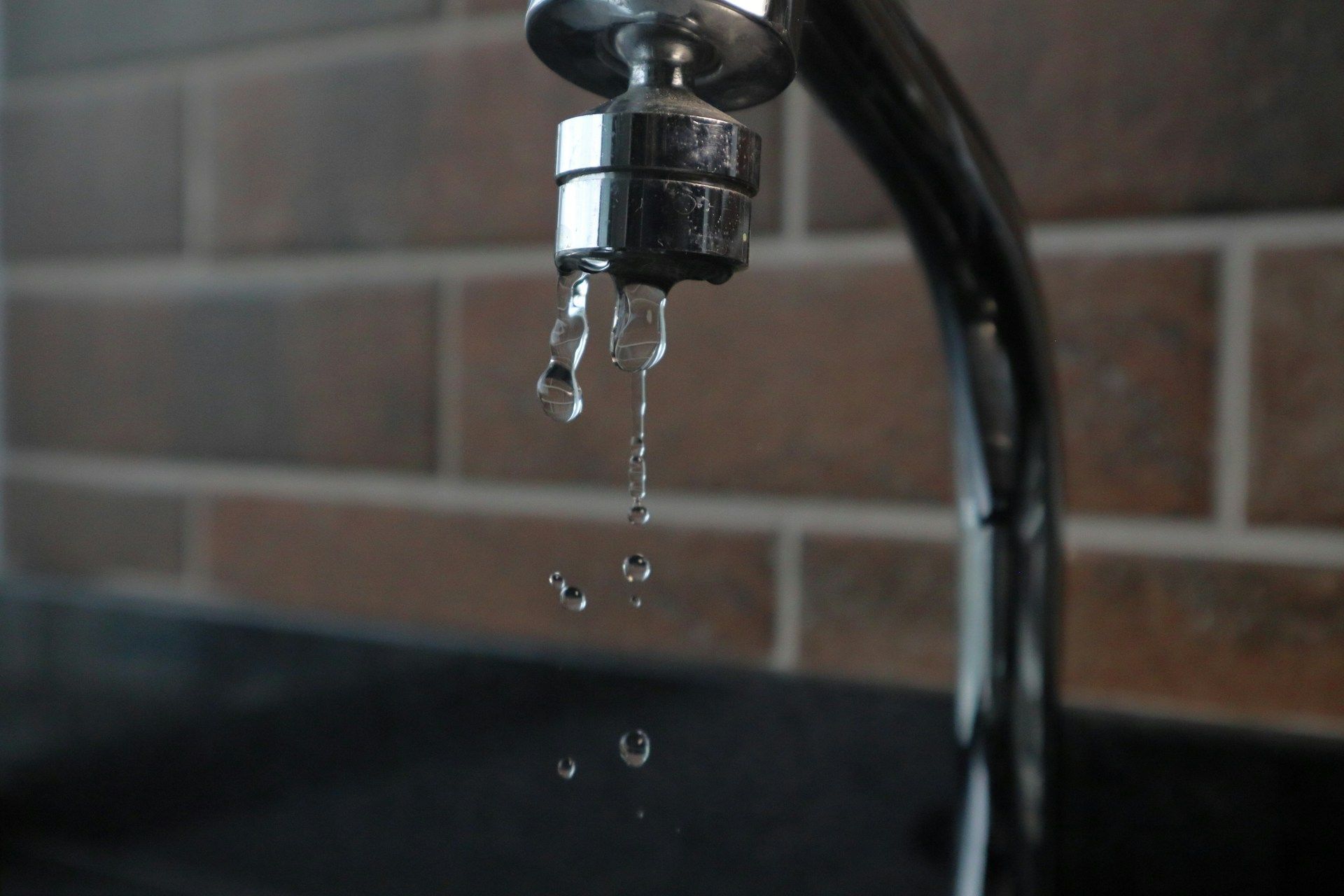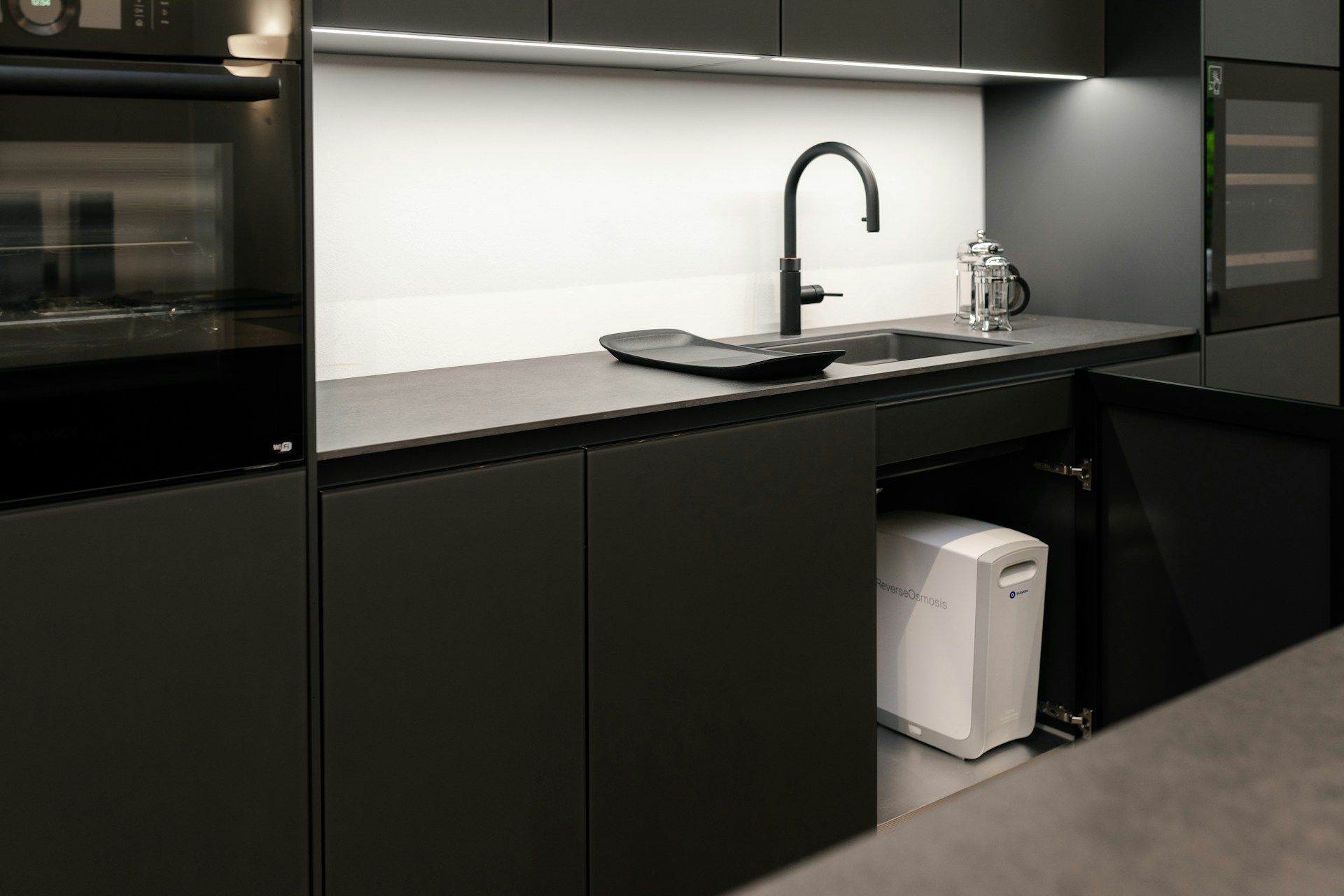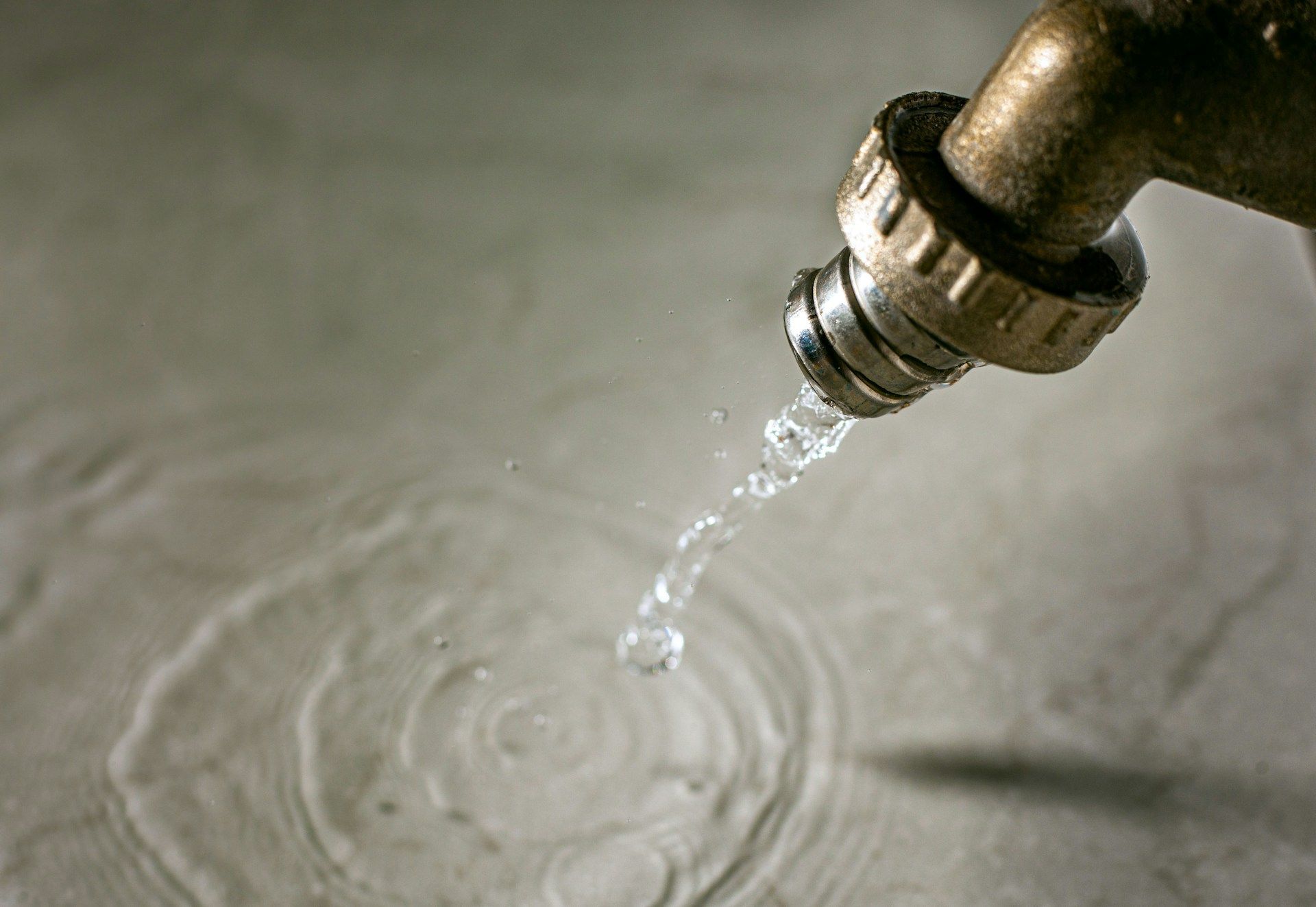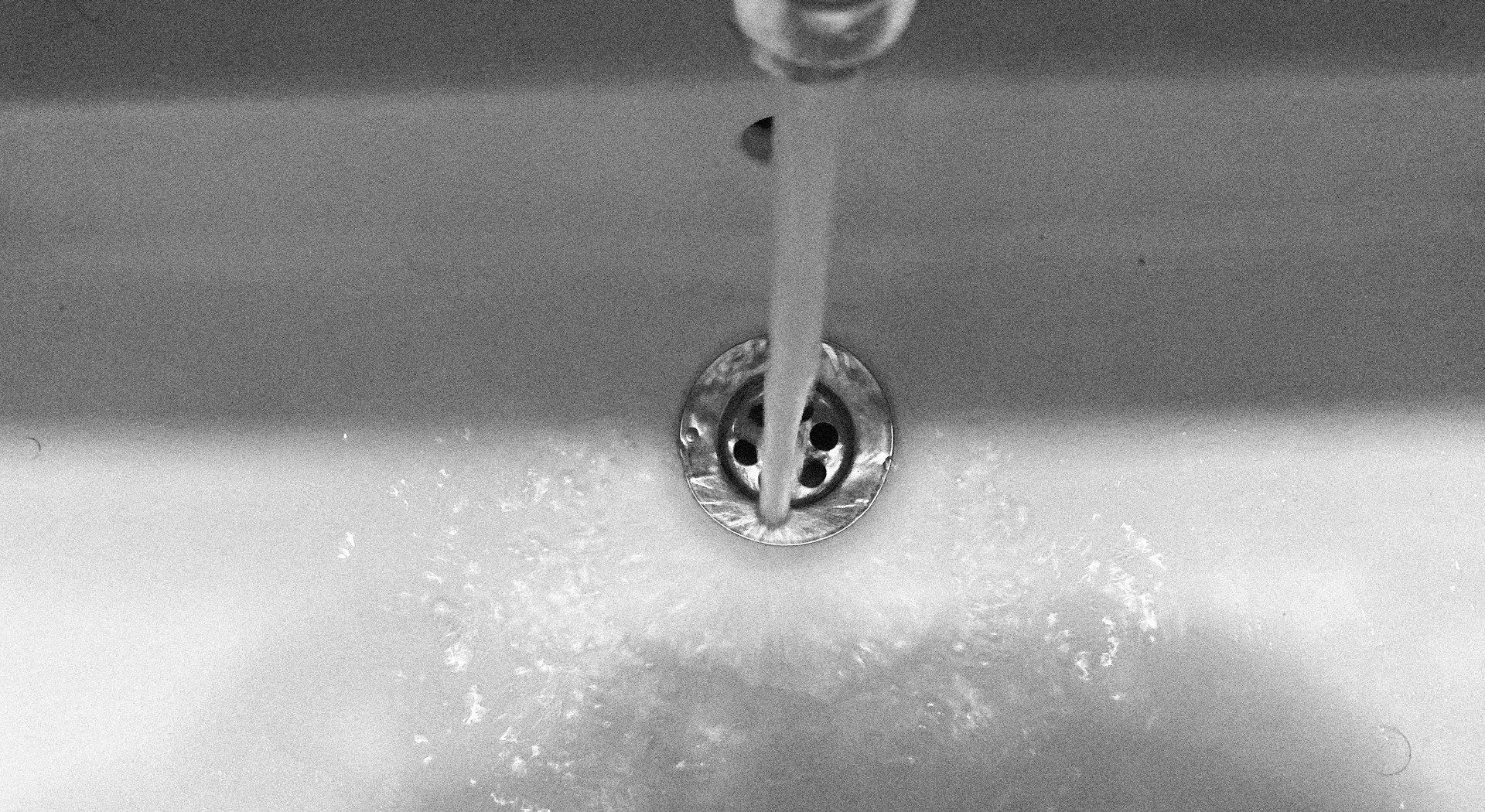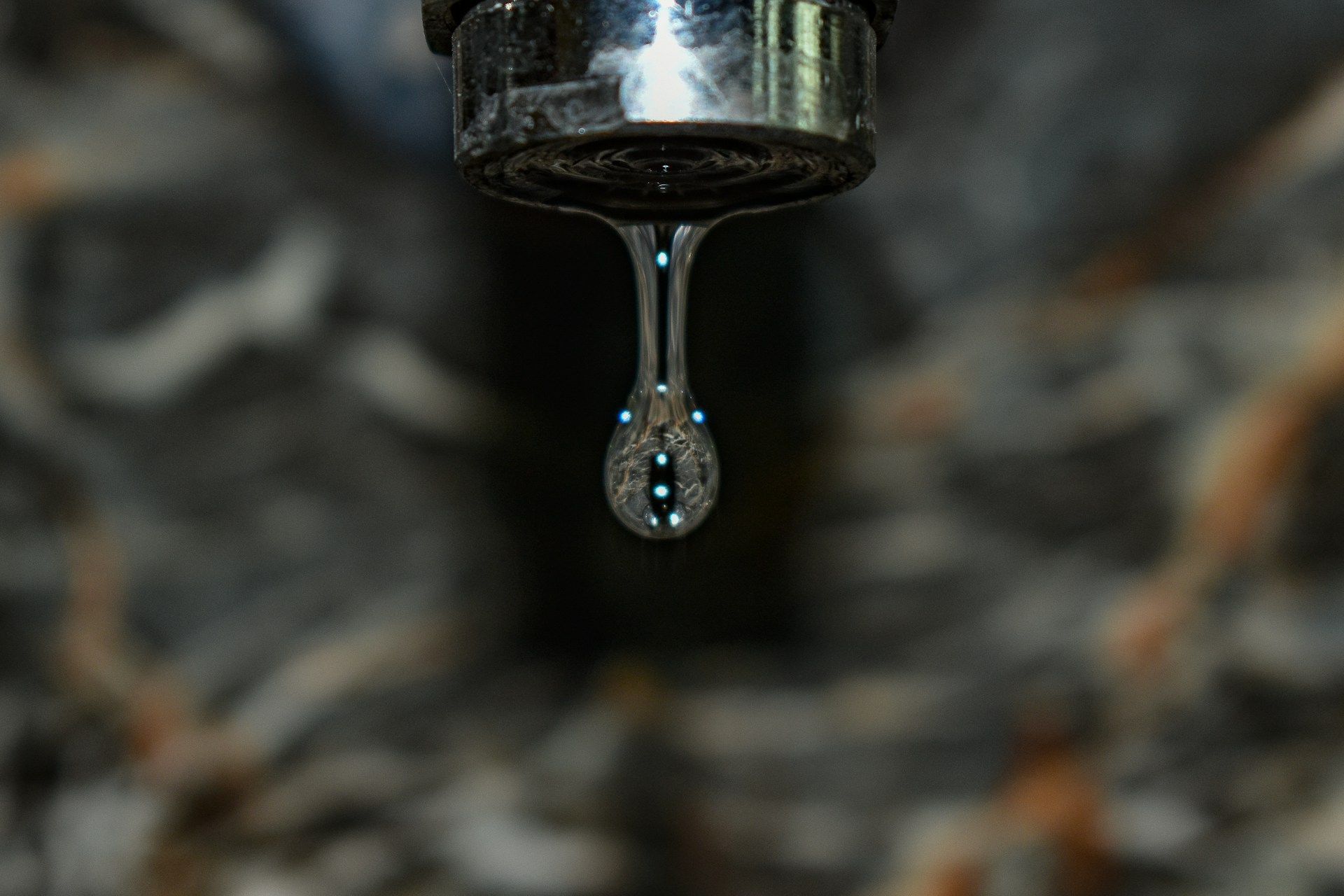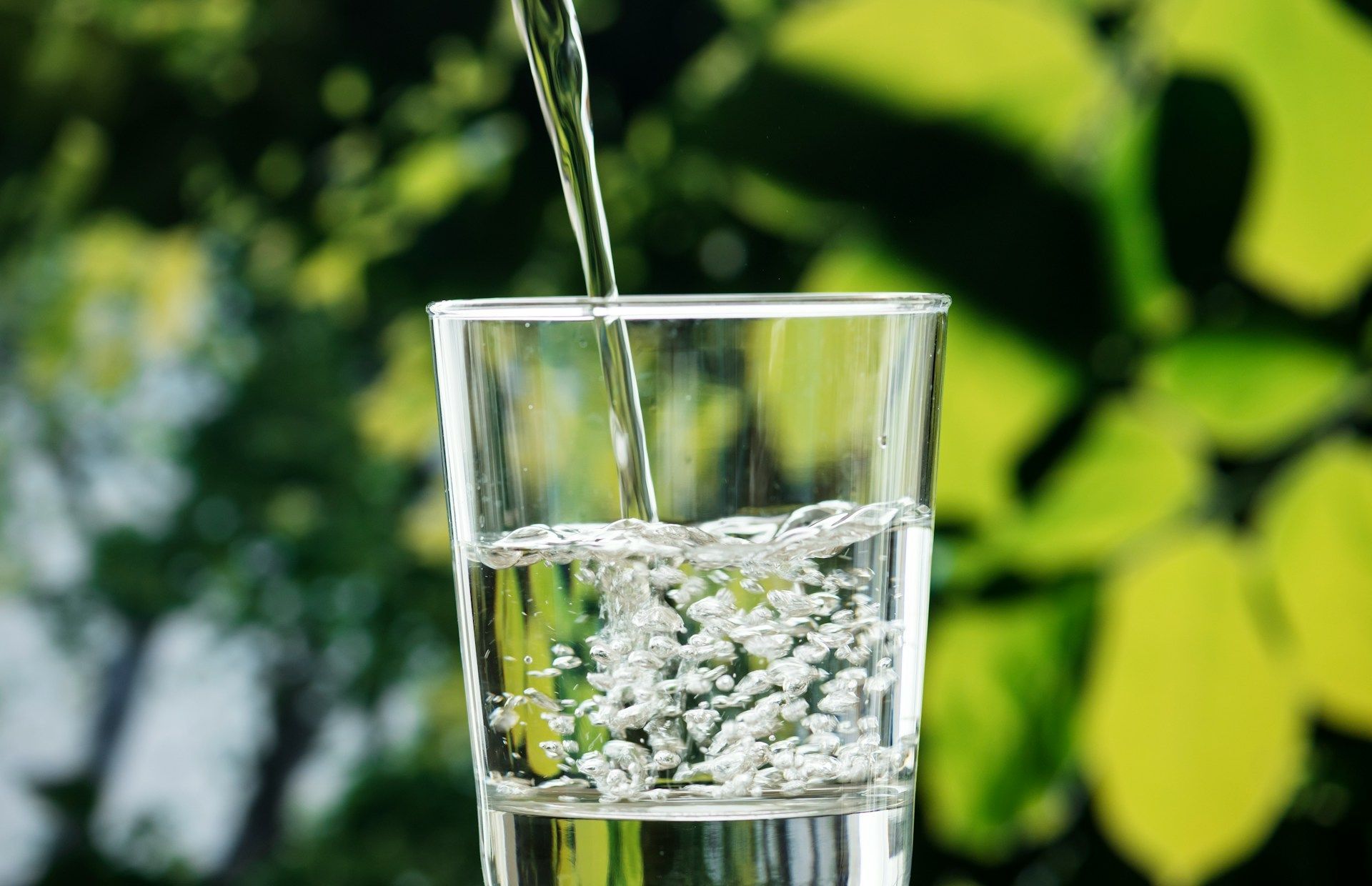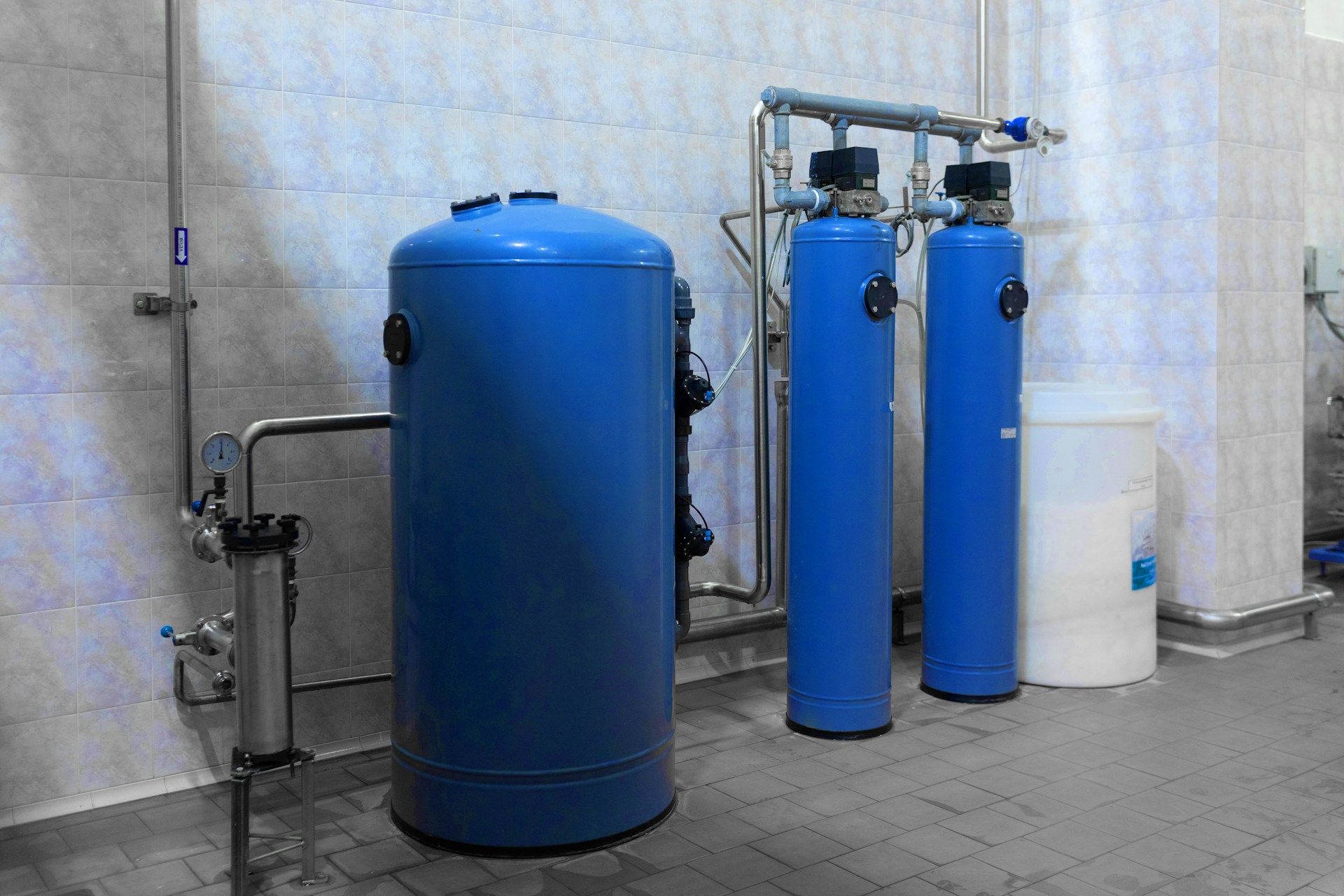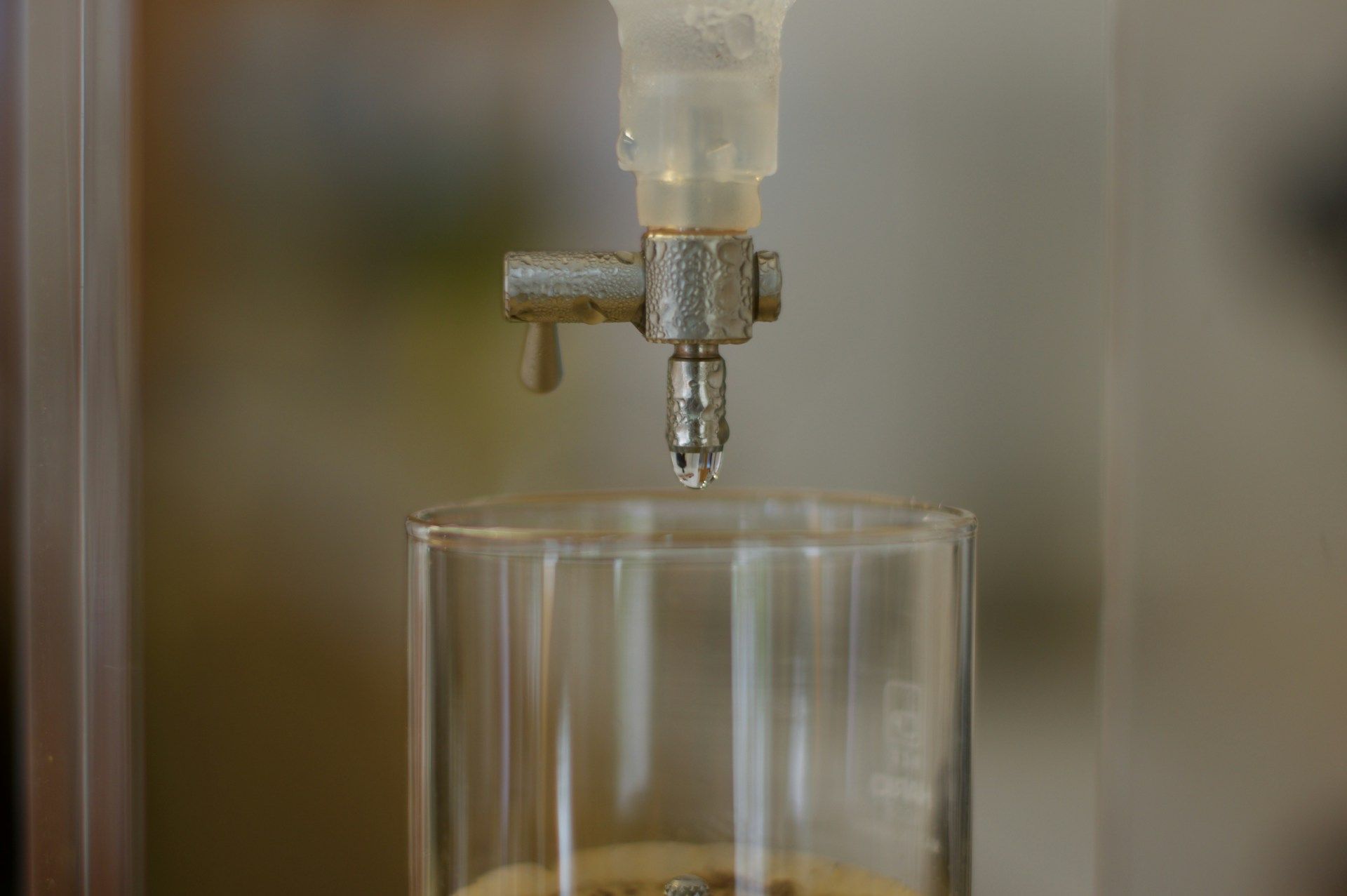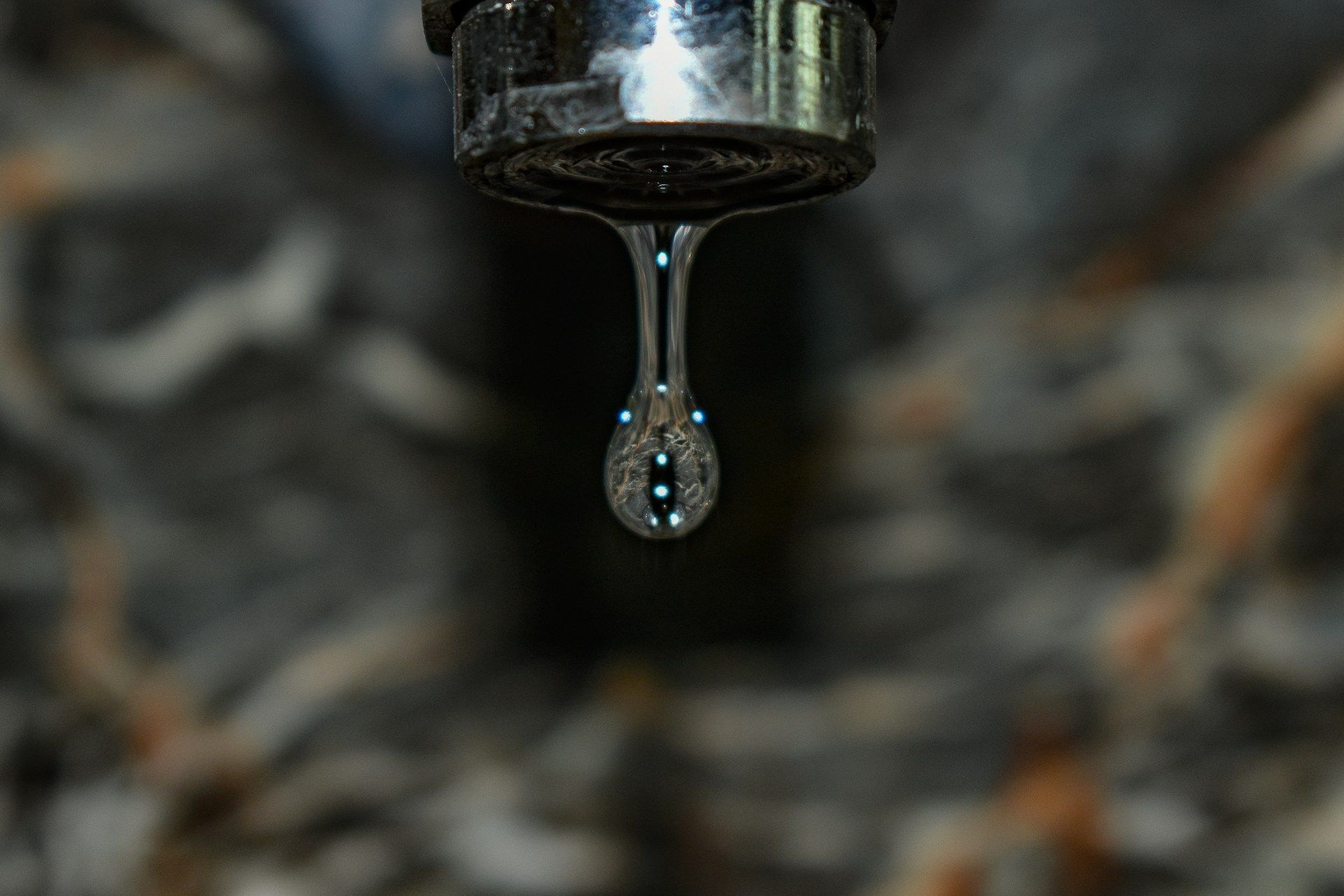What to Expect From RO System Installation in Utah County
A reverse osmosis (RO) system is one of the most dependable ways to improve the taste and safety of your tap water. It helps remove dissolved minerals, sediment, and other small particles by pushing water through a special membrane and several filters. For many homes in Utah County, especially those with hard or mineral-heavy water, this upgrade can make a big difference.
Fall is an ideal time to plan ahead. As the weather cools, many homeowners start checking their mechanical systems in preparation for the coming cold. Since water lines might be tough to access later in the year, scheduling RO system installation in Utah County during October keeps you ahead of the freeze and the holiday rush. Knowing what to expect upfront makes for a much smoother experience.
Planning for Installation Day
A bit of preparation goes a long way before your installer arrives. Start by considering your plumbing setup and water source. Some homes use a municipal supply, while others have well water. The pressure and mineral content of your water will help determine which RO system is best for your situation.
If you live in a smaller home or apartment, an under-sink system filtering a single tap may fit best. Larger homes or those wanting filtered water throughout the house may prefer a bigger, whole-home unit. It often makes sense to install the system under the kitchen sink, as this area offers good access and is used most frequently for drinking and cooking.
Before installation, clear out any cleaners, storage bins, or items cluttering the area where the work will happen. Wipe the space down so it is dry and ready for tools or small parts. If you have an outlet in the cabinet, leave space open for the system’s power connection, as some modern RO units feature pressure pumps to improve flow.
What the Installer Will Do
The installer starts by setting up the filter assembly inside the chosen cabinet or utility space. This frame holds all the filters, including sediment and carbon stages, plus the membrane housing. Together, these parts remove unwanted particles and contaminants from your water, one step at a time.
Expect your installer to use T-fittings, flexible tubing, valves, drain saddles, and bring or create a dedicated drinking water faucet. If your sink doesn’t already have a second opening, a small, clean hole may be drilled for this new tap. The result is a discreet faucet close to your main kitchen tap, made just for filtered water.
A key part of the job is connecting the RO system’s drain line. This line sends wastewater from the filters out through your home’s drainpipe. Local plumbing code in Utah County requires a simple air gap, keeping wastewater from ever backing into your filtered supply. This step is an extra layer of safety that is especially important for high-performance water filters.
Before wrapping up, the installer will test all joints and connections for leaks. Tightening and inspecting every connection by hand helps avoid drips after your system is up and running.
Water Science’s installation service includes all necessary connections for under-sink and whole-home RO systems, matched to the mineral-heavy water often found throughout Utah County.
What You’ll Notice After Setup
Right after installation, most people notice the improvement in water taste immediately. Water feels smoother, with less of that “mineral” finish it sometimes has from the tap. If you had spots on dishes or a metallic aftertaste in ice, those should start to disappear.
Your first use may not give you full water pressure right away. The system needs to flush the filters and membrane, so expect some slow filling and a gentle trickling noise. This process clears air from the lines and prepares every stage of the system for daily use. By day two or three, water flow and storage tank speed will improve as the system settles in.
A little patience goes a long way. Soon, you will have reliable, great-tasting water with each use. If things do not seem right after a few gallons, check for air in the lines or reach out for a system check, but this is rarely needed when the install is new and thorough.
Follow-Up and Maintenance Tips for Fall and Winter
Once your system is running well, a few simple habits keep it in top shape through changing seasons. Every filter in an RO system has a different life span. Some last a few months, while main membranes often last a year or more. Staying on schedule with replacements is important for water quality and performance.
Getting your maintenance done in the fall is smart. When winter arrives, plumbing in walls or unheated spaces is tougher to reach, and frozen pipes can turn a small fix into a bigger job. Stay ahead of issues by checking all connections for drips right after installation and making space for regular filter swaps.
Try these steps as the season changes:
- Mark your next filter change on the calendar now so you don’t forget.
- Look under the sink for signs of slow leaks or moisture after the first few weeks.
- Keep the cabinet area free from clutter and chemical cleaners to avoid accidental spills on system parts.
Routine care helps prevent any winter water worries and keeps the system operating smoothly while you spend more time indoors.
Enjoying Cleaner Water All Season Long
After successful RO system installation in Utah County, you can expect daily improvements without constant effort. Coffee is sharper, ice is clear, and everyday meals taste better when they start with pure water. Even pets seem to notice, often preferring filtered water for their bowls.
In a region where seasonal changes affect water clarity and mineral content, setting up an RO system before winter means you avoid scale buildup and stale tastes. When paired with a professional installation and a little routine care, this upgrade quietly supports your comfort, health, and peace of mind day after day through every cold snap.
Planning ahead for colder months in Utah County makes everything run smoother once temperatures drop. A properly installed reverse osmosis system can help with drinking, cooking, and even keeping buildup out of your appliances. We’ve seen how much easier winter feels for homeowners who take care of things before the first freeze. If you’re thinking about an
RO system installation in Utah County, Water Science is here to help you get started.

